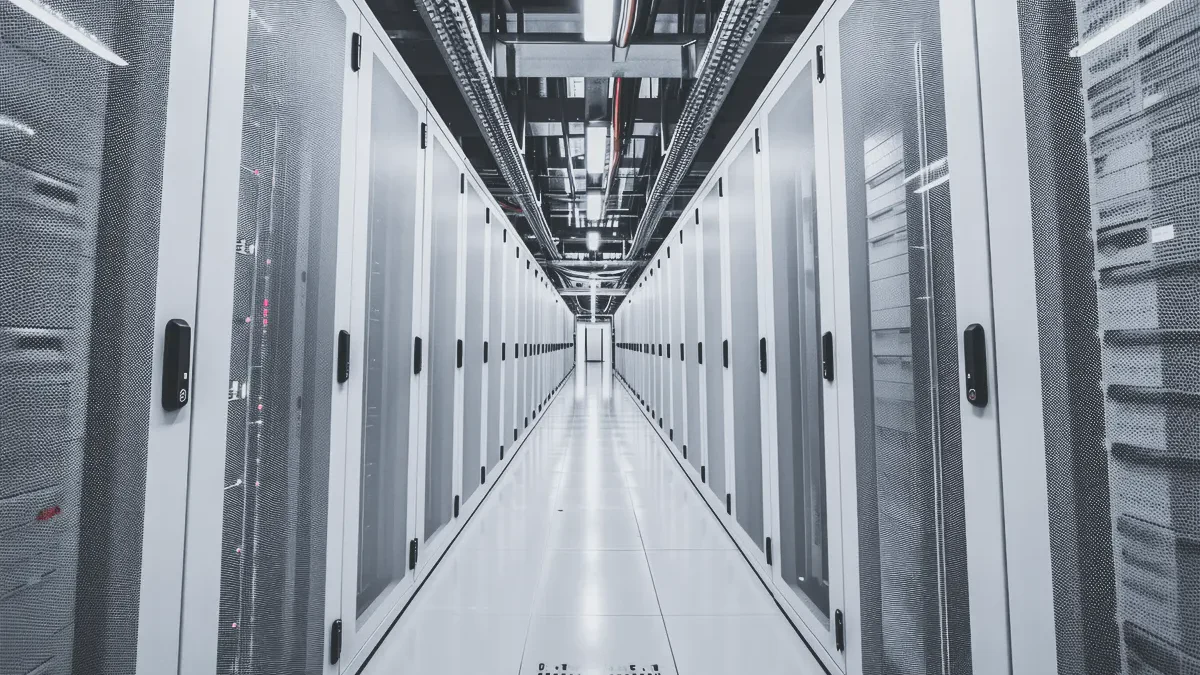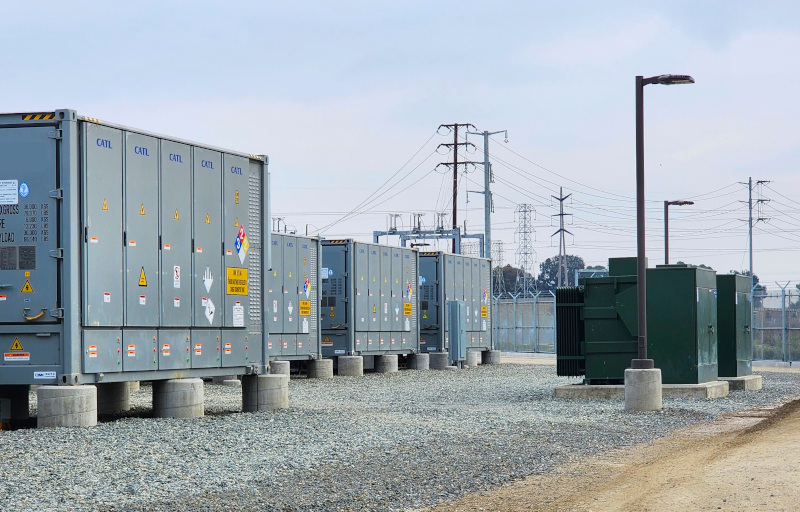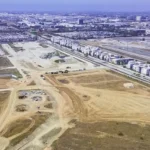
NMS Awarded Sound and Vibration Monitoring for Major New Carson Project
September 11, 2025A Guide to Data Center Noise Control
Data center noise complaints are on the rise in the US due to the growth of the data center industry and the noise generated by their operations. As of early 2025, there are approximately 5,400 data centers in the United States, with the majority located in primary data center markets such as Northern Virginia, Silicon Valley, and Dallas. Data center capacity in the US is expected to grow exponentially, with some forecasts predicting an annual growth rate of 23% through 2030. This issue highlights the need for effective noise control measures to protect the well-being of residents living near these facilities. As the digital economy expands, both data centers and cryptocurrency mining facilities have grown rapidly worldwide. While these infrastructures are vital for cloud computing, streaming, financial transactions, and blockchain validation, they also bring a common but often overlooked challenge: noise pollution due to their cooling systems and backup generators, which can create disturbances for nearby communities. This article examines the noise issues associated with data centers and the noise control measures available to ensure they comply with local noise limits.
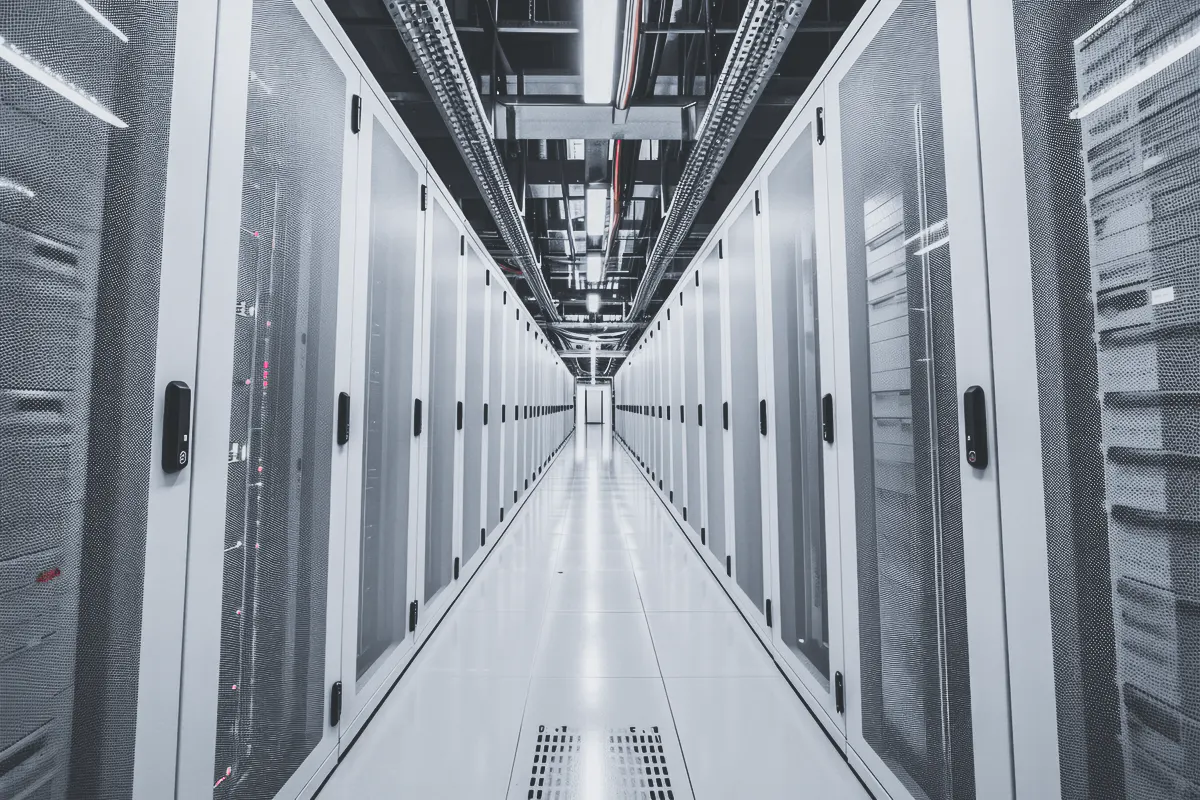
Guide to Data Center Noise Contorl
A dominant characteristic of data center noise is the low-frequency humming sound, often described as a drone or buzz. This is largely due to the large number of cooling fans and power supplies operating within the facility. The low-frequency humming sound can travel miles away from a data center.
Cryptocurrency Mining Facilities
A cryptocurrency mining facility—often called a mining farm—is a purpose-built, industrial-scale data center that hosts thousands of specialized mining machines (ASICs or GPUs) to perform cryptocurrency mining operations on a large scale. Cryptocurrency mining farms operate massive arrays of Application-Specific Integrated Circuit (ASIC) miners, specialized hardware designed for cryptocurrency validation. Their noise characteristics vary due to:
- High-Speed Fans: ASIC miners use small, high-RPM fans (often over 6000 RPM) to cool chips, producing loud, high-frequency whines often exceeding 85 dBA.
- Containerized Setups: Mining rigs are frequently housed in shipping containers or sheds, which can amplify and reflect sound.
- Generators: Many facilities rely on diesel or gas generators for backup power, adding to the noise levels.
These characteristics lead to low-frequency humming noises that can be intrusive, especially in rural or residential areas.
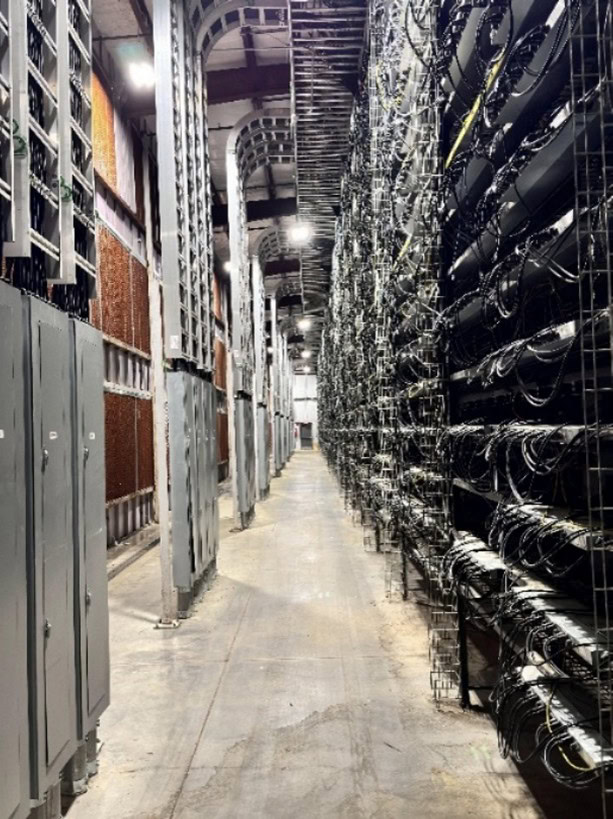
Guide to Data Center Noise Contorl
Why Noise Matters
Impact on Communities
Data center noise complaints are on the rise in the US and world wide due to the growth of the data center industry and the loud noise generated by their operations. This issue highlights the need for effective noise control measures and potentially the revision of local noise ordinances to protect the well-being of residents living near these facilities. Data centers in the US are concentrated in major metropolitan areas and regions with robust infrastructure and business-friendly environments. However, data centers often emerge rapidly in less regulated or residential areas, resulting in noise complaints, reduced quality of life, and even challenges against noise ordinances.
Regulatory Pressure
Noise regulations vary by jurisdiction but typically set limits around 45-55 dBA at property boundaries for residential zones. Data center operations have faced shutdowns or moratoriums due to non-compliance, especially in parts of the US. Some examples are below:
- Prince William County, Virginia: Residents have voiced concerns about noise from data centers near their homes, leading to the formation of an advisory group to review zoning and noise regulations.
- Fairfax County, Virginia: This county has implemented stricter noise regulations for data centers, requiring setbacks from residential areas, noise studies before and after construction, and noise barriers for equipment.
- Granbury, Texas:Residents protested a bitcoin mining data center due to noise concerns, leading to legal complications for the operating company.
- Arizona: A large-scale data center project in Arizona was withdrawn after residents voiced concerns about noise, building heights, and strain on local resources.
Mitigation Strategies
Noise generaged by data centers can be mitigated through a combination of strategic design, equipment selection, and the use of noise control materials. Examples of mitigation strategies are below:
- Acoustic Insulation: Adding soundproof walls, barriers, or insulated enclosures.
- Advanced Cooling: Using immersion cooling or liquid cooling to reduce fan noise.
- Equipment Upgrades: Employing quieter fans or vibration dampening mounts.
- Site Selection: Placing facilities in industrial zones away from residential neighborhoods.
- Operational Controls: Scheduling maintenance or noisy activities during daytime.
Cryptocurrency Mining Facility Noise Case Study
In June 2024, NMS was retained to conduct a detailed noise study for a new Cryptocurrency Mining Facility in Ohio (for confidentiality purposes, no identifying client or site information is included in this article). The facility would include approximately 55,000 cryptocurrency miners. One of the leading cryptocurrency mining companies requested us noise consulting services to minimize noise impacts to nearby residences. Our scope of work for the noise study included:
- Reference noise measurement for the proposed cryptocurrency miners conducted at an existing Cryptocurrency mining facility.
- Ambient noise measurements to determine existing background noise levels at the nearby residences.
- Development of a three-dimensional computer noise model for the project site based on the reference sound levels and spectrum obtained from the existing facility. The noise model took into account the locations, levels and frequency spectra of the noise sources, and the terrain, and buildings at the site.
- Design of noise mitigation measures.
- Noise Analysis Report, including the results of the noise modeling (presented as noise contour maps showing the spread of sound into the community), an assessment of impact relative to the noise limits, and mitigation measures required for compliance.
The project site was in a rural area and ambient noise levels were quiet. The site was adjacent to residences and the nearest residences were located within 300 feet from miner buildings. The City’s noise ordinance does not contain objective noise limits and therefore no assessment against code requirements could be conducted. However, our client wanted to reduce noise levels at the nearby residences to minimize noise impacts at the nearby residences. We constructed a computer noise model using the sound data obtained from the existing cryptocurrency facility to estimate worst-case noise levels produced by the project operation. Our computer model estimated that the nearest residences would be exposed to noise levels up to 60 dBA without implementation of any mitigation measures (as shown in the figure for unmitigated scenario below). The buildings containing the miners were rectangular in shape with long side openings for air circulation. The project was designed to rely on cooling by airflow through the building. The openings of the buildings were facing the nearest residences. Our initial mitigation ideas included sound walls between the mining buildings and the residences, changing the building orientation, and installing acoustic louvers on the openings. However, changing the building orientation was not feasible because of the wind direction and acoustic louvers were not feasible due to lack of air circulation. The Facility would implement the sound wall option. We produced about 10 different mitigation designs for various wall heights and layouts. Our analysis indicated that 30-foot-high walls around mining buildings would achieve noise reductions of up to 11 dBA at the residences. As it relates to the community noise assessment, while changes less than 3 dBA are generally not discernible to most people, changes in noise levels greater than 5 dBA are readily noticeable and would be considered a significant reduction. Changes in noise levels greater than 10 dBA are very significant reduction and generally perceived as a halving of the perceived loudness by the human ear. The following images represent the modeling results of the initial unmitigated scenario, and fully mitigated site.
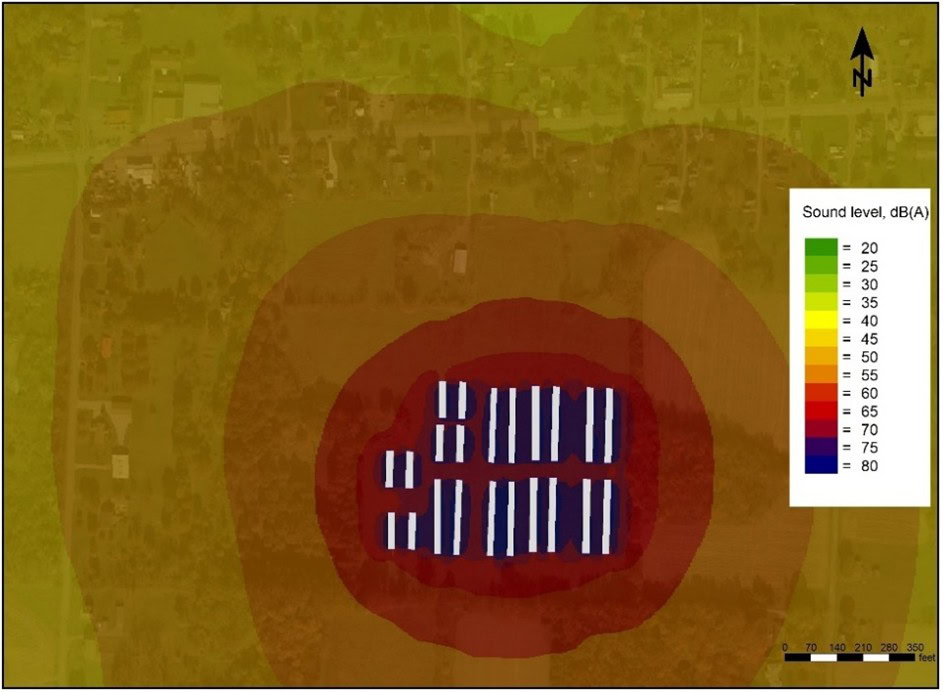
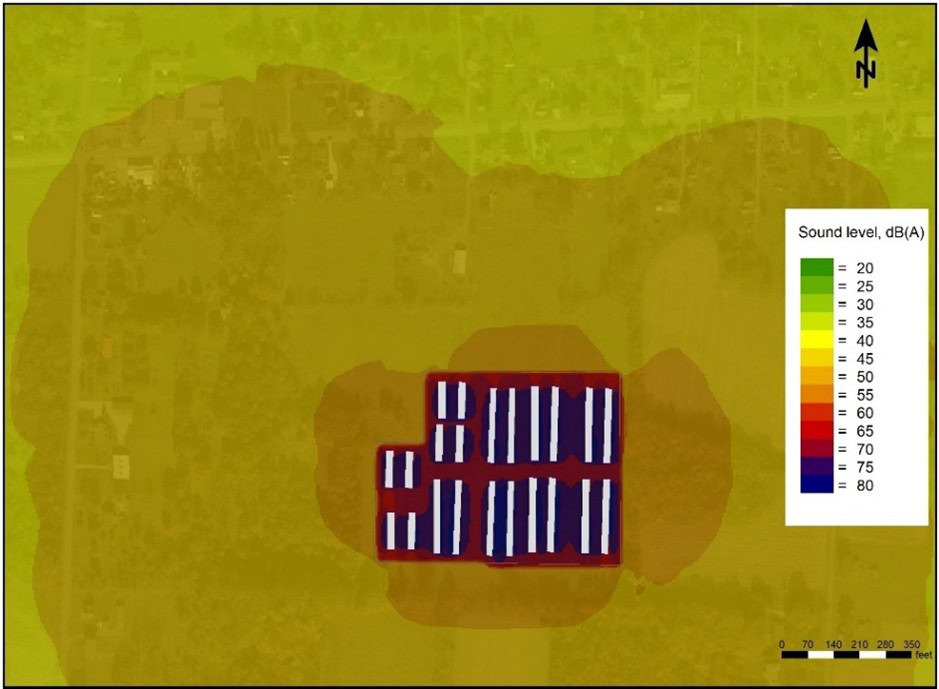
Predicted noise levels of the data center facility (unmitigated scenario)
Predicted noise levels of the data center facility after incorporating sound control measures.
If you want further advice on data center facility noise issues or have already decided to take action and need a noise output tested and analyzed, contact Noise Monitoring Services today on (323) 546-9902. As a company of engineers with advanced degrees in acoustical engineering, we can offer sound measurement and consulting for any noise issue.


